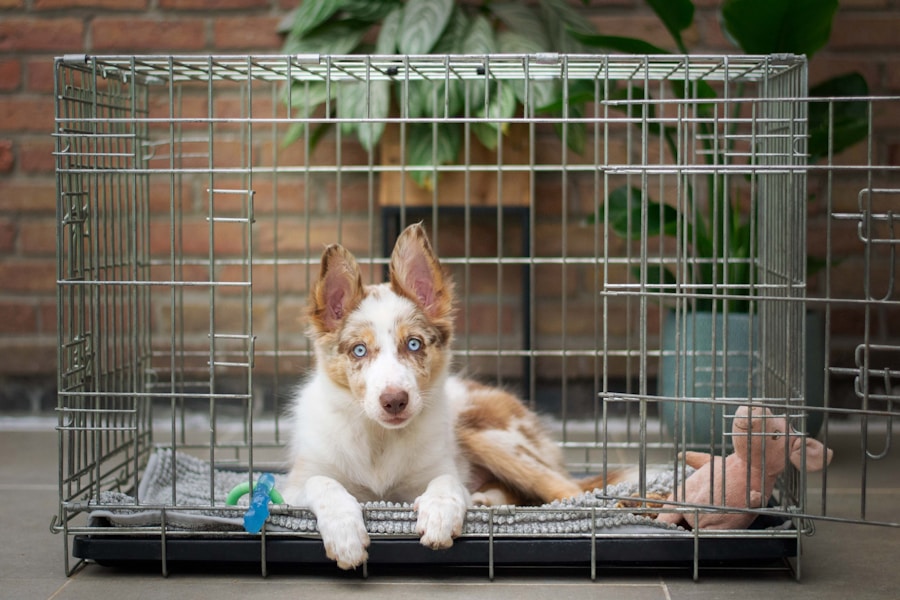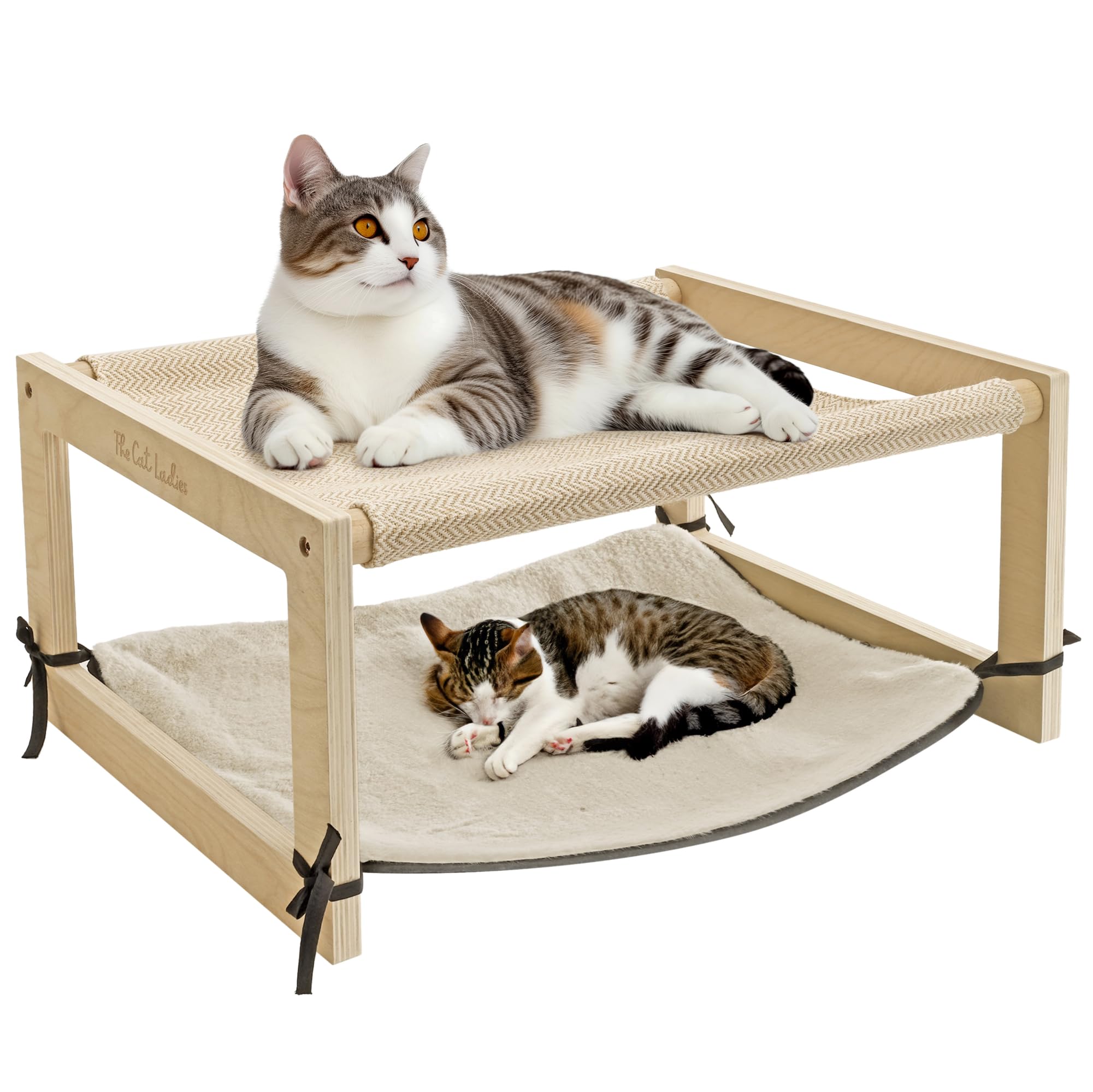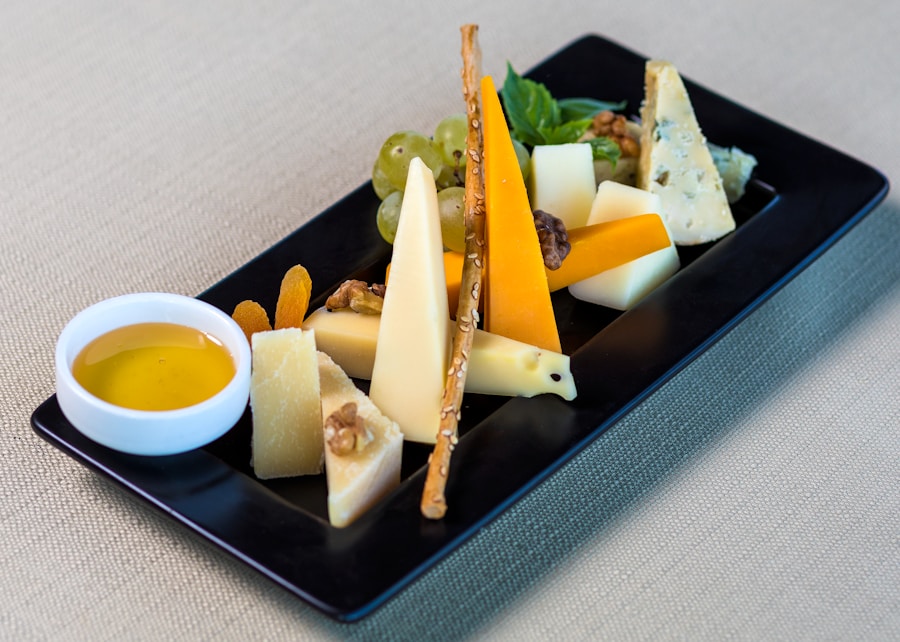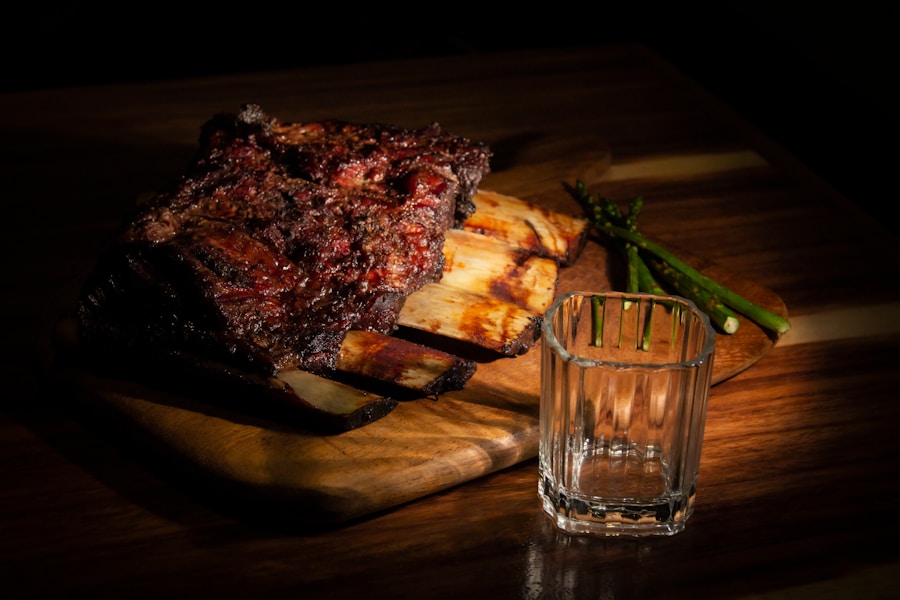Kennel training is an essential part of raising a well-behaved and happy puppy. A kennel, also known as a crate, provides a safe and secure space for your puppy to rest and relax. It also serves as a valuable tool for house training and preventing destructive behavior when you’re not able to supervise your puppy. By teaching your puppy to view the kennel as a positive and comfortable space, you can help reduce their anxiety and stress when left alone. Additionally, kennel training can be beneficial for travel and visits to the veterinarian, as your puppy will already be accustomed to being in a confined space. Overall, kennel training is an important aspect of responsible pet ownership and can greatly contribute to the well-being of your puppy.
Kennel training is not only beneficial for your puppy, but it also provides peace of mind for you as a pet owner. By having a designated space for your puppy, you can ensure their safety and prevent them from getting into potentially dangerous situations when you’re not able to supervise them. Additionally, kennel training can help with the process of house training, as puppies are less likely to have accidents in their kennel due to their natural instinct to keep their sleeping area clean. This can make the process of house training much easier and less stressful for both you and your puppy. Overall, understanding the importance of kennel training is crucial for setting your puppy up for success and ensuring a harmonious relationship between you and your furry friend.
Choosing the Right Kennel for Your Puppy
When it comes to choosing a kennel for your puppy, there are several factors to consider to ensure that you select the right one. The size of the kennel is one of the most important considerations, as it should be large enough for your puppy to stand up, turn around, and lie down comfortably. However, it shouldn’t be too big, as this can defeat the purpose of creating a den-like environment for your puppy. Additionally, consider the material of the kennel – wire kennels are often preferred for their visibility and ventilation, while plastic kennels can provide a more den-like feel for your puppy. It’s also important to choose a kennel with secure latches and doors to prevent your puppy from escaping.
Another important factor to consider when choosing a kennel for your puppy is their future size and growth. If you have a large breed puppy, it’s important to invest in a larger kennel that will accommodate their adult size. However, you can use dividers or partitions to make the kennel smaller while your puppy is still growing, and then adjust the size as they mature. Additionally, consider the portability of the kennel if you plan on traveling with your puppy, as well as any additional features such as a removable tray for easy cleaning. Overall, choosing the right kennel for your puppy is essential for their comfort and safety, as well as for the success of their kennel training.
Introducing Your Puppy to the Kennel
Introducing your puppy to the kennel should be done gradually and in a positive manner to help them feel comfortable and secure in their new space. Start by placing the kennel in a common area of your home where your puppy spends time, such as the living room or kitchen. Leave the door open and encourage your puppy to explore the kennel on their own terms. You can place treats or toys inside the kennel to entice them to go in and out freely. Avoid forcing or coercing your puppy into the kennel, as this can create negative associations with the space.
Once your puppy is comfortable going in and out of the kennel on their own, you can start feeding them their meals inside the kennel to further associate it with positive experiences. Gradually increase the amount of time your puppy spends in the kennel with the door closed while you are still present. This will help them get used to being confined in the space without feeling anxious or stressed. It’s important to be patient and take things at your puppy’s pace, as rushing the process can lead to resistance and fear of the kennel. Overall, introducing your puppy to the kennel in a gradual and positive manner is crucial for their acceptance and comfort in their new space.
Creating a Positive Association with the Kennel
Creating a positive association with the kennel is essential for successful kennel training. This involves making the kennel a place where your puppy feels safe, comfortable, and relaxed. One way to do this is by providing cozy bedding or blankets inside the kennel that are soft and inviting for your puppy to lie on. You can also place familiar toys or chew treats inside the kennel to keep your puppy entertained and occupied while they are in there. Additionally, consider using calming pheromone sprays or diffusers near the kennel to help create a soothing environment for your puppy.
Another important aspect of creating a positive association with the kennel is to avoid using it as a form of punishment. The kennel should always be associated with positive experiences, such as meals, treats, and quiet rest time. Using the kennel as a time-out or disciplinary measure can lead to fear and anxiety in your puppy, which can hinder their progress in kennel training. It’s important to be mindful of how you use the kennel and ensure that it remains a safe and comforting space for your puppy at all times. Overall, creating a positive association with the kennel is crucial for building trust and confidence in your puppy’s mind.
Establishing a Routine for Kennel Training
Establishing a routine for kennel training is essential for helping your puppy understand when it’s time to go into their kennel and when it’s time to come out. Consistency is key when it comes to establishing a routine, so try to stick to a regular schedule for meals, potty breaks, and rest time. Start by feeding your puppy their meals inside the kennel at consistent times each day, which will help them associate the kennel with positive experiences and create a routine around mealtime. You can also use verbal cues such as “kennel” or “bedtime” when it’s time for your puppy to go into their kennel, which will help them understand what is expected of them.
In addition to mealtime, it’s important to establish a routine for rest time in the kennel. Puppies need plenty of sleep and downtime throughout the day, so having designated rest periods in the kennel can help them learn when it’s time to relax and recharge. Consider using calming music or white noise machines near the kennel during rest time to create a soothing environment for your puppy. It’s also important to provide plenty of opportunities for exercise and play outside of the kennel so that your puppy doesn’t feel confined or restless when they are inside. Overall, establishing a routine for kennel training is crucial for helping your puppy understand expectations and feel secure in their new space.
Using Positive Reinforcement Techniques
Positive reinforcement techniques are an effective way to encourage good behavior and create a strong bond between you and your puppy during kennel training. When your puppy willingly goes into their kennel on command or without prompting, be sure to praise them enthusiastically and offer treats or toys as a reward. This will help reinforce the behavior of going into the kennel voluntarily and create positive associations with following commands. It’s important to be consistent with praise and rewards so that your puppy understands what is expected of them.
Another positive reinforcement technique that can be effective during kennel training is clicker training. By using a clicker to mark desired behaviors such as going into the kennel or staying calm while inside, you can communicate clearly with your puppy and reinforce their good behavior. Pairing the clicker with treats or praise will help your puppy understand that they are doing something right and will encourage them to continue behaving in that manner. It’s important to be patient and consistent with positive reinforcement techniques, as it may take time for your puppy to understand what is expected of them. Overall, using positive reinforcement techniques during kennel training can help build trust and confidence in your puppy while creating a strong foundation for good behavior.
Troubleshooting Common Kennel Training Challenges
While kennel training can be an effective tool for raising a well-behaved puppy, it’s not without its challenges. One common challenge that pet owners may face during kennel training is separation anxiety in their puppy. This can manifest as whining, barking, or destructive behavior when left alone in the kennel. To address separation anxiety, it’s important to gradually increase the amount of time your puppy spends in the kennel while you are still present, and then gradually work up to leaving them alone for short periods of time. Providing comforting items such as blankets or toys inside the kennel can also help alleviate anxiety.
Another common challenge during kennel training is resistance or fear of the kennel itself. If your puppy shows signs of fear or reluctance towards going into their kennel, it’s important to take things slow and avoid forcing them into it. Instead, focus on creating positive associations with the kennel through treats, toys, and praise when they willingly go inside. You can also try feeding meals inside the kennel or leaving it open so that your puppy can explore it at their own pace without feeling pressured. It’s important to be patient and understanding during this process, as forcing your puppy into the kennel can lead to negative associations that may hinder their progress in training.
Overall, troubleshooting common challenges during kennel training requires patience, consistency, and understanding on behalf of pet owners. By addressing these challenges with positive reinforcement techniques and gradual exposure, pet owners can help their puppies overcome fear or anxiety related to their kennels while building trust and confidence in their new space.
In conclusion, understanding the importance of kennel training is crucial for raising a well-behaved and happy puppy while providing peace of mind for pet owners. Choosing the right kennel for your puppy involves considering factors such as size, material, portability, and future growth. Introducing your puppy to the kennel should be done gradually and in a positive manner to help them feel comfortable and secure in their new space. Creating a positive association with the kennel involves providing cozy bedding, familiar toys, and avoiding using it as a form of punishment.
Establishing a routine for kennel training is essential for helping your puppy understand when it’s time to go into their kennel and when it’s time to come out. Using positive reinforcement techniques such as praise, treats, toys, and clicker training can help encourage good behavior while building trust and confidence in your puppy during training. Troubleshooting common challenges during kennel training requires patience, consistency, and understanding on behalf of pet owners in order to address issues such as separation anxiety or resistance/fear of the kennel itself.
Overall, by following these guidelines and being patient with your puppy during kennel training, you can help set them up for success while creating a harmonious relationship between you and your furry friend.





